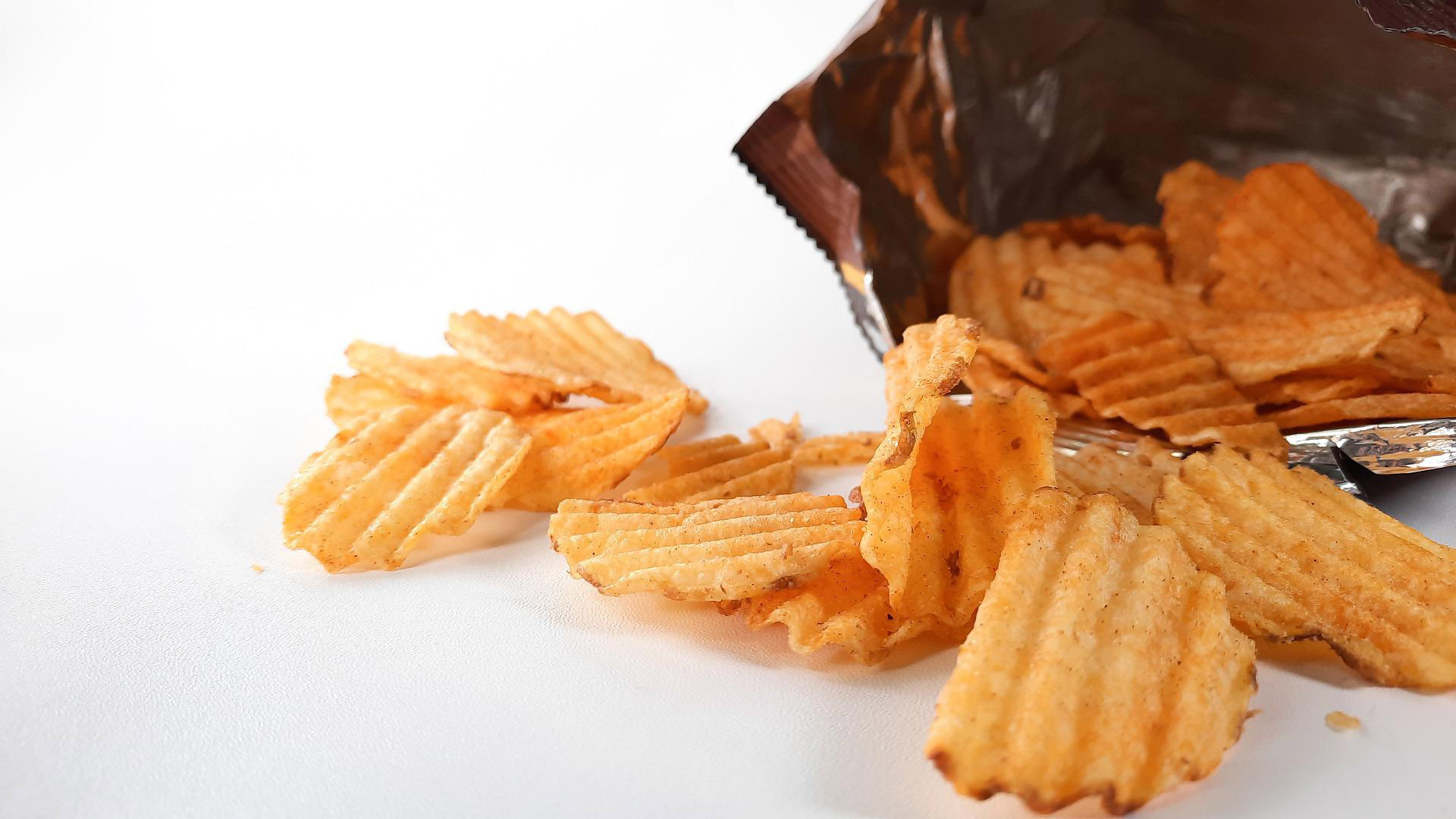Why are Ultra-Processed Foods Bad for Us?

PREMIUM CONTENT for MEMBERS ONLY
By Jill Horn
Increased consumption of ultra-processed foods has been implicated in the epidemiology of noncommunicable chronic diseases, such as metabolic syndrome and cardiovascular diseases, and has received increased attention from the medical community in recent years. Ultra-processed foods are typically very high in salt, sugar, and saturated fat yet contain low nutrient density, and are packed with chemical preservatives and other artificial agents to increase palatability and shelf life.
“…ultra-processed foods often to through intense chemical processing procedures to become hyperpalatable formulations of food, making them extra appealing and addictive”.
While nearly all foods that make up the standard American diet go through processing to some extent, ultra-processed foods often go through intense chemical processing procedures to become hyper-palatable formulations of food, making them extra appealing and addictive. Ultra-processed foods can’t really be considered “real food” anymore as they often consist to a large extent of artificial flavors, colors, emulsifiers, and a variety of other cosmetic additives. The extreme processing these foods go through makes them inherently unhealthy yet also incredibly appealing to our taste preferences contributing to their high economic profitability. Foods that are generally not consumed out of metabolic needs of our body, but out of hedonic motivation, which makes them so addictive. The taste, texture and smell influence the subconscious mind in a way that hijacks the brain reward circuits. This contributes to compulsive purchase and consumption behaviors, despite the negative health effects these foods may have in the long run. Despite these negative effects, the food industry utilizes the addiction-promoting effect of these formulations to maximize sales.
“Intake of ultra-processed foods is harmful to our health…”
Intake of ultra-processed foods is harmful to our health in that it has been associated with higher fasting glucose, metabolic syndrome, higher LDL and total cholesterol, and increased markers of chronic inflammation. All these factors are further associated with increased risk for a wide array of non-communicable diseases such as hypertension, type II diabetes, cardiovascular events, chronic liver disease and neurodegenerative diseases. Furthermore, ultra-processed foods can hijack the brain reward circuits in a way that has been observed in addiction behaviors. In fact, food addiction has been intensely studied in the past few years and is very likely a product of increased accessibility to those highly palatable, addiction promoting foods. A recent study carried out Dr. Arpana Gupta and collaborators at the G. Oppenheimer Research Center for Stress and Resilience at UCLA found a positive association between food addiction, brain structural changes and a distinct gut microbiome profile. Food addiction has been associated with increased inflammation in several studies, which may be in part related to mechanisms involving the gut microbiome. In summary, ultra-processed foods through their effects on the brain gut microbiome system may increase the risk of metabolic endotoxemia thereby contributing to the development of non-communicable diseases..
“The NOVA classification scheme, which was made to classify foods and beverages by degree of processing, can help identify ultra-processed foods in a few simple steps”
To avoid the consumption of ultra-processed foods, it is important to look out for specific components on the ingredients list which facilitate the classification as such. The NOVA classification scheme, which was made to classify foods and beverages by degree of processing, can help identify ultra-processed foods in a few simple steps. If the list of ingredients on a food item contains one or more components characteristic for the ultra-processed food group, it is safe to say that one is dealing with an ultra-processed food item. Those characteristic components involve substances never or rarely used in kitchens, such as high-fructose corn syrup, flavor enhancers, colors, (artificial) sweeteners, gelling agents, hydrogenated oils, or hydrolyzed proteins, all of which are often identifiable by unrecognizable names and complicated word constellations.
“…increasing unprocessed and minimally processed food consumption as well as avoiding ultra-processed foods whenever possible is a great first step toward long-term health, optimal weight, and vitality.”
Processed foods such as fresh breads, pasta, fresh baked items, nuts, canned items, and fermented foods (including cheeses and many fermented dairy products, kombucha and Sauerkraut) should always be preferred over ultra-processed foods. Unprocessed or minimally processed foods include fresh fruit and vegetables, eggs, rice, grains, and other natural food items which have not been altered from their natural state. Often times, these foods (especially if they are organic) provide the highest nutrient density and nutritional quality possible, while being packed with fiber and polyphenols known to support gut health and reduce systemic inflammation. Generally, it is safe to say that increasing unprocessed and minimally processed food consumption as well as avoiding ultra-processed foods whenever possible is a great first step toward long-term health, optimal weight, and vitality.

Jill Horn is a recent UCLA graduate with a degree in Neuroscience. She is deeply interested in the interconnectedness of body, mind, and spirit takes an integrative approach to health and well-being. She aspires to the public about a research-based lifestyle and mindset that promote health.
✓ This article was reviewed and approved by Emeran Mayer, MD